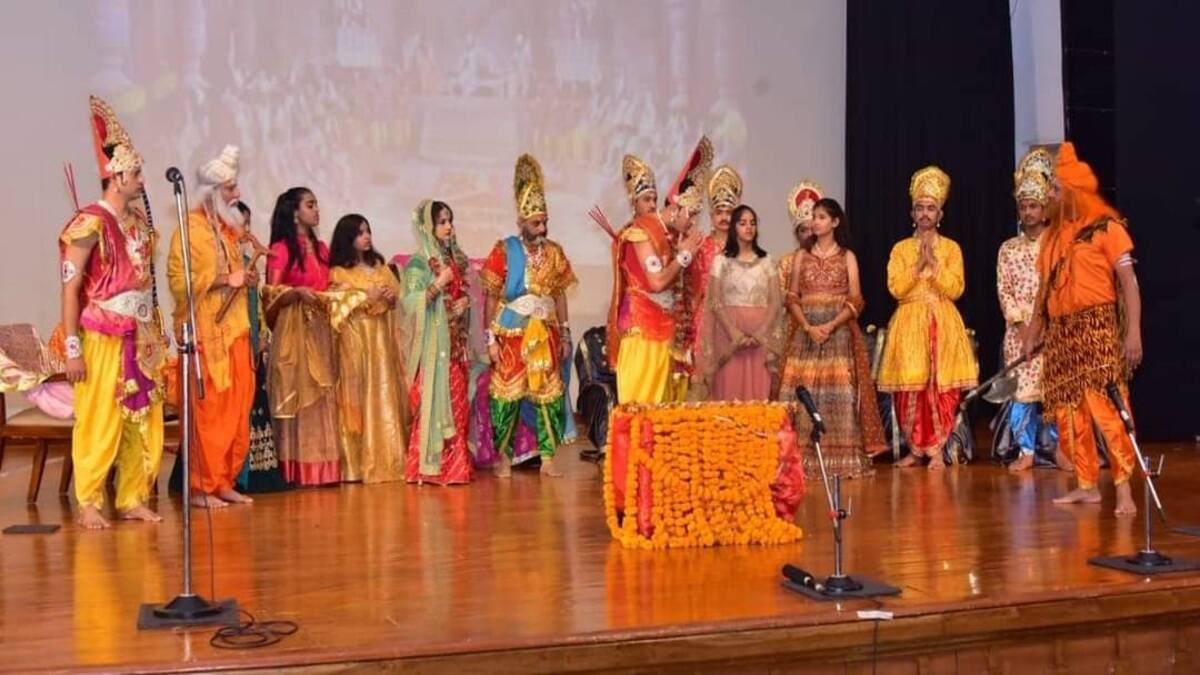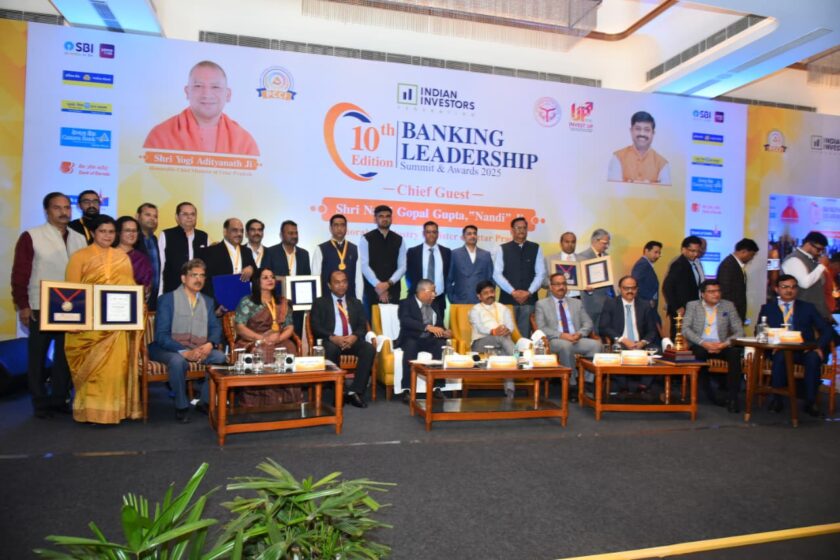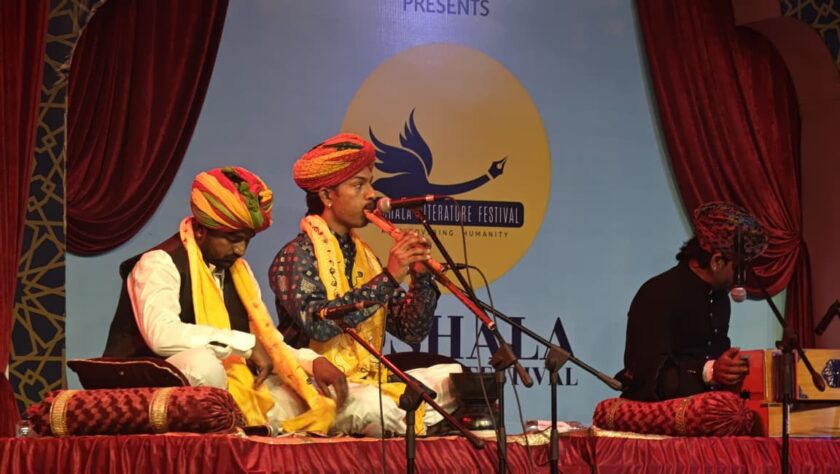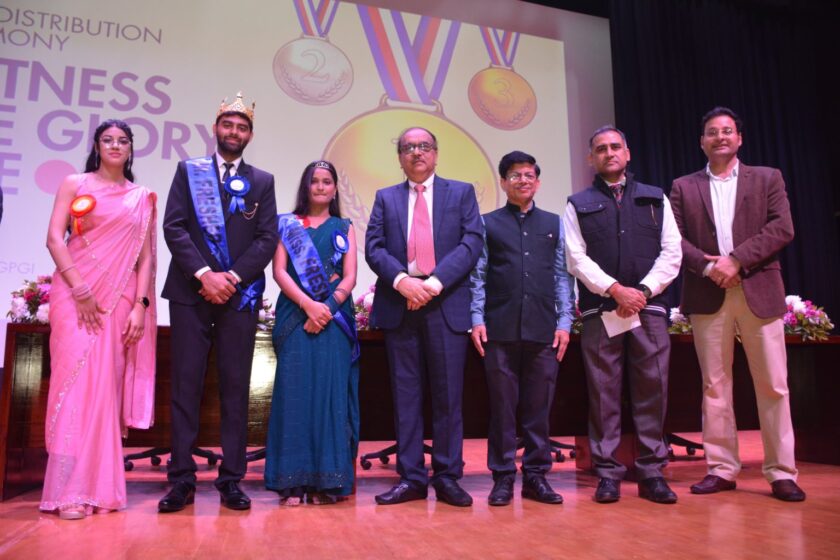Lucknow: Lucknow’s Ramlila is an integral part of the city’s cultural and religious fabric, deeply rooted in tradition and historical significance. Celebrated during the auspicious period of Navratri and culminating in Dussehra, Ramlila plays a vital role in both the religious and social lives of the people of Lucknow. The enactment of the Ramayana, especially the life and deeds of Lord Rama, through theatrical performances, is a cherished tradition that attracts people from all walks of life.
Here’s why Lucknow’s Ramlila holds such importance:

1. Historical Legacy:
- Lucknow’s Ramlila has a rich history, with some performances dating back over a century. Historically, these performances were patronized by the ruling Nawabs and local aristocrats, despite the city being a predominantly Muslim region under the Nawabi rule. This reflects the city’s unique Ganga-Jamuni tehzeeb (syncretic culture), where both Hindus and Muslims respected and participated in each other’s cultural events.
- The Aishbagh Ramlila, one of the most famous Ramlilas in Lucknow, is said to have been started in the 17th century and remains one of the most significant performances in India, attracting thousands of spectators each year.
2. Symbol of Communal Harmony:
- Lucknow’s Ramlila is a symbol of communal harmony, reflecting the city’s inclusive spirit. Over the years, people from various religious communities, including Muslims, have contributed to the success of the event. The celebration is a beautiful example of how religious and cultural traditions can unite a diverse population.
- Many artists, regardless of their religion, participate in the Ramlila performances, and Muslims in Lucknow have historically been known to be involved in aspects of Ramlila, such as stage setup, lighting, and even playing roles in the production.
3. Religious Significance:
- Ramlila is not just a form of entertainment but also an important religious event. The performances depict the story of Lord Rama, his victory over Ravana, and the triumph of good over evil, a message that resonates deeply with the audience.
- For many, attending the Ramlila is a spiritual experience, where they get to relive the teachings of the Ramayana and draw moral lessons from the life of Lord Rama, a symbol of dharma, truth, and righteousness.
4. Grand Spectacle and Cultural Event:
- Lucknow’s Ramlila is known for its grandeur and theatrical excellence. The performances often feature elaborate costumes, large-scale set designs, traditional music, and impressive stagecraft, making it not just a religious event but a major cultural spectacle.
- The Ramlila at Aishbagh Maidan is particularly famous for its scale, with performances spanning over several days. Thousands of people gather to watch these plays, which are performed by local actors who have trained for months to portray their characters authentically.
5. Culmination in Dussehra:
- The Ramlila performances culminate on Dussehra, a day that marks the victory of Lord Rama over the demon king Ravana. In Lucknow, this is celebrated with great fanfare. One of the highlights is the burning of huge effigies of Ravana, Kumbhakarna, and Meghnath, symbolizing the destruction of evil.
- The effigy burning at Aishbagh is particularly grand, with dignitaries, political leaders, and thousands of citizens attending the event. The tradition of effigy burning is a visual representation of the triumph of good over evil, an important lesson of the Ramayana.
6. Educational and Moral Lessons:
- Ramlila in Lucknow is an important medium for imparting moral values and teachings to the younger generation. Through the enactment of the Ramayana, children and adults alike are reminded of the virtues of truth, honor, duty, and respect.
- These performances teach valuable life lessons about the importance of family, sacrifice, and righteousness, offering a moral compass to the audience, which is a major reason why the tradition has endured for generations.
7. Promotes Folk Art and Local Talent:
- Lucknow’s Ramlila provides a platform for local artists, many of whom come from humble backgrounds. The event allows them to showcase their acting skills, and many of them become local celebrities, known for their portrayal of characters like Rama, Lakshmana, Sita, and Hanuman.
- The performances also incorporate various elements of traditional folk art, music, and dance, which help preserve and promote local cultural practices. The blend of art and religious performance makes Ramlila a culturally enriching experience.
8. Tourist Attraction:
- Due to its historical significance and grand scale, Lucknow’s Ramlila has become a tourist attraction. People from nearby regions and even from different parts of the country visit the city during this time to witness the unique way in which the Ramayana is brought to life.
- The growing fame of Lucknow’s Ramlila has helped boost cultural tourism in the city, adding to its appeal as a destination that celebrates both tradition and modernity.
9. Preserving Tradition in Modern Times:
- Despite the influx of modern entertainment options, Lucknow’s Ramlila has managed to retain its importance. The performances continue to draw large crowds, proving that the cultural and religious significance of the event is still deeply appreciated by people.
- Many Ramlila committees have modernized aspects of the performance, including improved lighting, sound, and stage technology, while still maintaining the essence of the traditional storytelling. This has ensured that younger generations remain connected to this centuries-old tradition.
Lucknow’s Ramlila is much more than just a theatrical performance. It’s a deeply embedded cultural tradition that showcases the city’s commitment to communal harmony, artistic expression, and religious devotion. Through its grand performances, moral teachings, and inclusivity, Ramlila continues to play a crucial role in maintaining the cultural identity of Lucknow. It stands as a reminder of the power of storytelling to unite, educate, and inspire people across generations.





